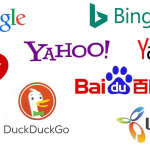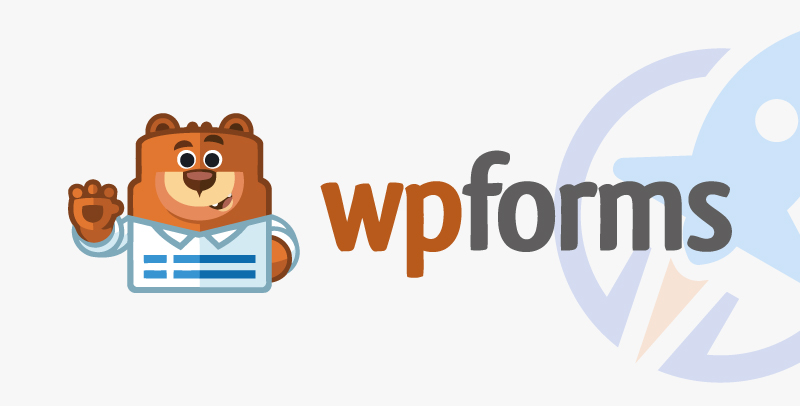On July 1, 2023, Google Analytics 4 officially replaced Universal Analytics. This major change means that way that brands track advertising campaigns in the platform will completely transform, bringing significant stress to businesses globally. In this GA4 infographic, relieve some of the stress by exploring answers to frequently asked questions about GA4 vs. Universal Analytics.

The 411 on GA4 Infographic
What is GA4? Google Analytics 4 (GA4) is the newest version of Google Analytics that is replacing Universal Analytics (UA).
When is the switch to GA4 happening? GA4 will replace Universal Analytics on July 1, 2023 for free accounts, or July 1, 2024 for all paid 360 accounts. At the time of those deadlines, UA will stop collecting new data, and GA4 will be required for all Google Analytics tracking purposes moving forward.
That means the deadline to build seamless YoY data in free GA4 accounts was July 1, 2022. UA data cannot be imported into GA4, and historical UA data will be removed in 2024.
If you haven’t already, be sure to get your GA4 tracking up and running ASAP so that you have more data available when UA is sunet.
What is scope in GA4? Scope describes the extent to which a metric or dimension can be applied, i.e. the type of data a dimension or metric describes. It allows advertisers to attribute credit at different levels of granularity. With scope in GA4, brands can see what generated an event or a session and then zoom out to see where the user who generated the session came from.
GA4 includes 3 main types of scope:
- User scope: First non-direct interaction model (e.g. first user Google Ads campaign)
- Session scope: Last non-direct interaction model (e.g. session Google Ads ccampaign)
- Event scope: The attribution model selected in the property settings, such as data-driven or position-based models (e.g. Google Ads campaign)
What are the different GA4 attribution models? An attribution model can be a rule, a set of rules, or a data-driven algorithm that determines how credit for conversions is assigned to touchpoints on conversion paths. The reporting attribution model in GA4 is applied to event-scoped dimensions and metrics, such as Conversions and Purchase Revenue. In GA4, you can toggle between attribution models and retroactively change applicable metrics according to the selected model.
The attribution models included in GA4 are:
- Data-driven
- Last click
- Ads-preferred last click
- First click
- Linear
- Position-based
- Time decay
How long is data retained in GA4? GA4 allows up to 14 months of data retention with an additional option of 2 months. This means that data is only available for 14- or 2-month lookbacks in Explore reports, but all historical data is maintained in the standard Reports section regardless of this setting. A change in the retention setting also applies to data already collected.
Conversely, UA allowed for indefinite data retention and offered 14, 26, 38, and 50 month retention options. In UA, a change in the retention setting would not affect data that was captured while the old setting was applied.
How long are lookback windows in GA4? The maximum lookback window in GA4 is 90 days, with additional preset options of 30 or 60 days. This is a distressing shift for many brands, with Universal Analytics offering a maximum lookback window of two years in addition to full, down-to-the-minute customization. As in UA, changes to lookback windows in GA4 are not retroactive.
GA4 also introduces the concept of acquisition conversion events with preset options of 30 or 7 days (only applicable to first_open and first_visit events).
What are the most important dimensions to migrate to GA4? You probably track a lot of important data points in UA, but these are the top features that we recommend setting up first in GA4 in order to set yourself up for early success:
- Event tracking
- Custom dimensions and metrics
- Standard report customization
- GA4 property settings
What about Universal Analytics 360? Universal Analytics 360 is the enterprise version of Universal Analytics that includes more complex and unique measurement capabilities. Unlike other properties, 360 properties will be migrated on July 1, 2024, instead of 2023. Additionally, the 360 version of GA4 allows up to 50 months of data retention instead of just 14.
How can I ensure I’m set up for success with GA4? GA4 brings a major change to how advertisers are able to track and attribute campaigns. Marketers everywhere are dreading the drastic shift from UA to GA4. Beyond searching for helpful content on the web, partnering with digital marketing experts who specialize in Google can help put your brand on the path to a stress-free transition.
“Our goal is not to just get by with the transition to GA4 and do the bare minimum to be okay when it changes, but to really take advantage of the opportunities to help our clients make the most out of GA4.” – David Austin, VP of Technology, ROI Revolution
ROI Revolution was one of the first agencies to become certified in Google Analytics 4! On top of that, our experts have completed GA4 tracking setups for over 225 websites, and our in-house development team has built a proprietary tool for offline conversion tracking in GA4.
Tying It All Together: The 411 on GA4 Infographic
If you’re stressed about the transition to GA4, know that you are not alone. Every business that tracks campaigns through Google Analytics is having to shift and learn how to use a dramatically different platform. At ROI Revolution, our GA4-certified experts are dedicated to acting as an extension of your team to empower you to achieve your goals. To explore how we can ease the stress of the GA4 transition for you and your brand, send a message to our team today.
Beyond this GA4 infographic, we’ve developed a library of GA4 content to empower you to have a painless transition. Explore the resources below:
The post The 411 on GA4: Infographic appeared first on ROI Revolution.













